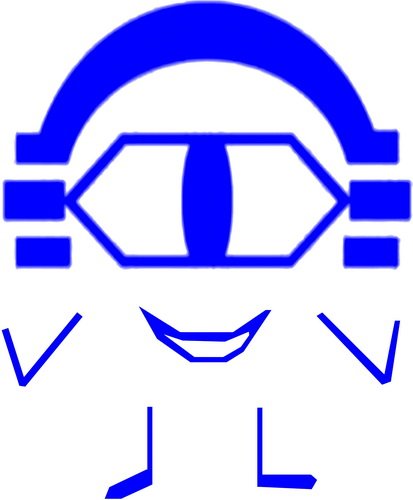When we think of the 1980s, many iconic images come to mind. The big hair, the neon colors, and of course, the pixel art. In the world of audio and video, pixel art was the norm. But as technology advanced, so did our expectations for visual experiences. In this blog post, we will explore the creation of the iconic 1987 audio and video pixel art and its evolution into the third dimension.
The Birth of Pixel Art
In the early days of computing, limited processing power and memory meant that graphics had to be created using small blocks of color called pixels. This gave rise to pixel art, a form of digital art that used these tiny squares to create images. In 1987, a revolutionary audio and video pixel art was created that would go on to become an icon of the era.
The creation of this iconic pixel art involved painstakingly placing each pixel on a grid, resulting in a low-resolution image. Despite its limitations, pixel art had a charm and simplicity that captured the hearts of many.
Advancements in Technology
As technology progressed, so did our ability to create more realistic and immersive audio and video experiences. The advent of 3D graphics changed the game entirely. Suddenly, we were no longer limited to flat, pixelated images. We could now create virtual worlds that seemed to jump right off the screen.
The transition from pixel art to the third dimension was not an easy one. It required a complete overhaul of the way images were created and rendered. Instead of placing individual pixels, artists now had to work with polygons and vertices to create complex 3D models.
From Flat to Fabulous
With the introduction of 3D graphics, audio and video experiences became more immersive and lifelike. The third dimension added depth and realism to virtual worlds, making them more engaging and captivating.
But even with the rise of 3D graphics, pixel art didn’t disappear entirely. Instead, it found a new place in the world of retro gaming and nostalgic design. Today, pixel art is celebrated for its simplicity and charm, and many artists continue to create stunning pixelated masterpieces.
The Iconic 1987 Audio and Video Pixel Art in 3D
Imagine taking that iconic 1987 audio and video pixel art and transforming it into the third dimension. The result would be a visually stunning blend of nostalgia and modern technology. The familiar shapes and colors of the pixel art would be brought to life, creating a truly unique and captivating experience.
With the advancements in technology, it is now possible to recreate pixel art in 3D. Artists can take the original pixel art and use 3D modeling software to extrude the pixels into three-dimensional shapes. The end result is a modern interpretation of the classic pixel art, with added depth and dimension.
Conclusion
The creation of the iconic 1987 audio and video pixel art marked a significant milestone in the world of digital art. It captured the essence of the 1980s and became a symbol of the era. With the advancements in technology, pixel art has evolved into the third dimension, creating visually stunning and immersive experiences.
Whether you prefer the simplicity of pixel art or the complexity of 3D graphics, there is no denying the impact that both have had on the world of audio and video. So next time you come across a pixelated image or a lifelike 3D model, take a moment to appreciate the journey from the creation of the iconic 1987 audio and video pixel art to the third dimension.
=============================================================
Audin
Audio & Video The Original
1985 Audin The Original
Audin 3D
All Designs By Rasham Zapata


